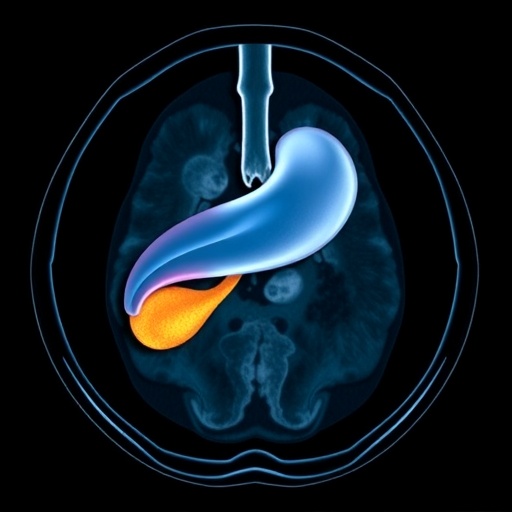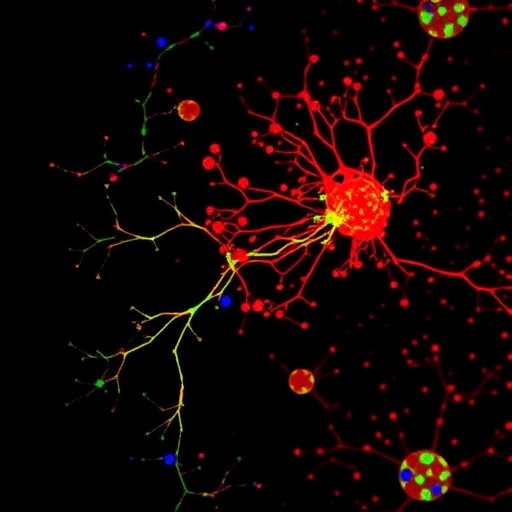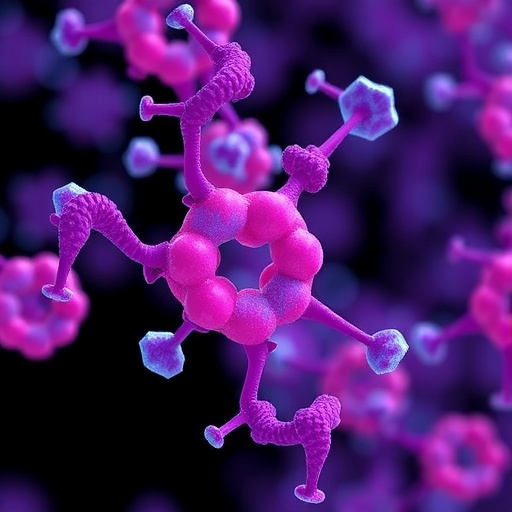In a groundbreaking development within the realm of pediatric imaging, researchers have unveiled a comprehensive set of guidelines aimed at optimizing magnetic resonance imaging (MRI) techniques specifically for children. This significant advancement, spearheaded by members of the Society for Pediatric Radiology’s Magnetic Resonance and Abdominal Imaging Committees, promises to enhance the safety and effectiveness of liver MRI in pediatric patients. As pediatric liver anomalies continue to rise, understanding the intricacies of MRI protocols becomes crucial for radiologists and healthcare professionals alike.
The task of performing MRI in pediatric settings comes with its own set of unique challenges. Children are not just smaller versions of adults; their physiological and anatomical differences necessitate specialized imaging techniques. The guidelines proposed by Morin and colleagues offer a treasure trove of insights, emphasizing the necessity of tailoring MR protocols to accommodate the diverse age ranges and developmental stages of young patients. By taking these factors into account, radiologists can better ensure that they are capturing high-quality images while minimizing the radiation exposure associated with certain imaging methods.
One of the cornerstone recommendations from the guideline committee is the emphasis on pre-MRI preparation for pediatric patients. Unlike adults, children may experience anxiety or discomfort leading up to the procedure. The guidelines stress the importance of clear communication with both the child and the parents, ensuring they understand what to expect. This approach not only aids in alleviating fear but also enhances cooperation during the imaging process, ultimately resulting in better-quality images.
Furthermore, the guidelines advocate for the utilization of advanced imaging techniques tailored to pediatric needs. Techniques such as diffusion-weighted imaging (DWI) and dynamic contrast-enhanced imaging can provide critical information about liver pathology. The inclusion of these modalities within standard MRI examinations is suggested to improve diagnostic accuracy, particularly in cases of hepatic tumors or metabolic liver diseases that are increasingly prevalent among the pediatric population.
The authors also highlight the pivotal role of post-processing techniques in pediatric liver MRI. Employing advanced algorithms for image analysis can further enhance the clarity and detail of the images obtained, allowing for more accurate diagnoses. These sophisticated techniques are a testament to the advancements in radiology and demonstrate how leveraging technology can improve patient outcomes. As MRI technology continues to evolve, so too does the potential for uncovering subtle pathological features that may have otherwise gone undetected.
In addition to the technical aspects of liver MRI, the guidelines underscore the significance of adhering to safety protocols during pediatric imaging. This includes the monitoring of sedation procedures, as sedative agents often used to facilitate MRI in children carry inherent risks. Establishing protocols to evaluate and mitigate these risks is an essential component of the guidelines, ensuring that the health and safety of pediatric patients remain the top priority.
As the pediatric population grows, varying underlying health conditions will emerge, necessitating a repertoire of imaging strategies. The newly established guidelines delineate specific protocols for different age groups, highlighting variances in how liver MRI should be conducted for infants, toddlers, and older children. This age-appropriate tailoring of imaging techniques not only enhances the quality of diagnostic data but also acknowledges the evolving anatomical characteristics found in younger patients.
Moreover, the guidelines advocate for creating a multidisciplinary approach to liver MRI. Engaging pediatric gastroenterologists, radiologists, and surgeons in discussions surrounding imaging findings fosters a comprehensive understanding of a patient’s condition. This collaborative spirit is instrumental in developing well-rounded treatment plans that may be necessary for managing liver diseases effectively.
Education is another pivotal component emphasized in the guidelines. Continuous training and updates regarding the latest best practices in pediatric imaging are essential in ensuring that all professionals involved are aligned with the current standards. Workshops and seminars can play a crucial role in disseminating this knowledge, particularly among those who may be newer to the field. As radiology continues to evolve, ongoing education will be vital for fostering innovative imaging practices tailored to the unique needs of children.
The public health implications of improved pediatric liver MRI cannot be understated. Earlier and more accurate diagnoses lead to timely interventions, which can significantly alter the progression of disease. By optimizing liver imaging protocols, practitioners will inevitably increase their diagnostic precision, paving the way for better long-term outcomes among young patients suffering from liver conditions.
As these guidelines take hold, the hope is that pediatric radiologists will utilize them not only to enhance their imaging capabilities but also to serve as a foundational resource for ongoing research in this area. Continuous feedback from clinicians implementing these protocols will undoubtedly contribute to their evolution, ensuring they remain robust tools in the face of changing clinical challenges.
Furthermore, the long-term benefits of these guidelines extend beyond the immediate realm of imaging. By ensuring accurate and appropriate assessments, healthcare systems can potentially reduce the burden on pediatric departments. Fewer misdiagnoses lead to a decrease in unnecessary procedures and consultations, allowing more efficient use of healthcare resources.
In summary, the guidelines set forth by Morin and colleagues represent a significant milestone in pediatric radiology. By focusing on tailored approaches to MRI in children, the framework underscores the need for a nuanced understanding of both the technical and empathetic aspects of pediatric care. These recommendations will not only improve diagnostic accuracy but also emphasize the value of child-centered practices, ultimately steering the field towards a more effective and compassionate healthcare model.
The integration of these guidelines into everyday practice has the potential to reshape how pediatric liver diseases are diagnosed and managed, ensuring that healthcare providers are equipped with the best possible standards for imaging. As more practitioners adopt these practices, the ripple effect on patient care could be profound, possibly defining a new era of pediatric imaging excellence.
Subject of Research: Pediatric liver MRI best practices
Article Title: Best practices for pediatric liver MRI: guidelines from members of the Society for Pediatric Radiology Magnetic Resonance and Abdominal Imaging Committees
Article References:
Morin, C., Cao, J., Griffin, L. et al. Best practices for pediatric liver MRI: guidelines from members of the Society for Pediatric Radiology Magnetic Resonance and Abdominal Imaging Committees.
Pediatr Radiol (2025). https://doi.org/10.1007/s00247-025-06383-3
Image Credits: AI Generated
DOI: https://doi.org/10.1007/s00247-025-06383-3
Keywords: Pediatric radiology, MRI, liver imaging, best practices, safety protocols, pediatric patients, diagnostic accuracy
Tags: addressing pediatric liver anomalieschallenges in pediatric MRIenhancing liver imaging in pediatricsminimizing radiation exposure in pediatric imagingMRI protocols for pediatric patientsoptimizing MRI techniques for childrenpediatric imaging advancementspediatric liver MRI guidelinespre-MRI preparation for childrensafety in pediatric MRISociety for Pediatric Radiology recommendationsspecialized MRI protocols for children





